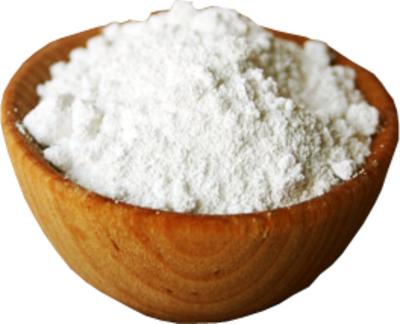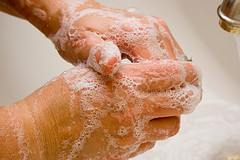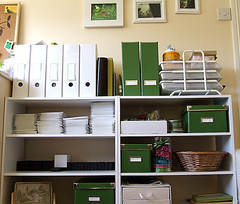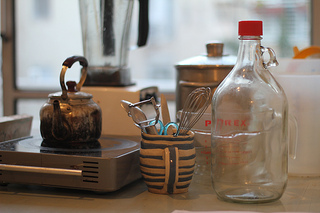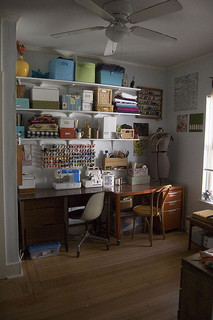You grab a bottle of all-purpose cleaner off the shelf. It says “fresh scent,” “99.9% effective,” and even has a little leaf icon somewhere near the label. So it must be safe to use around your home… right?
Not always.
The truth is: most cleaning product labels aren’t as straightforward as they should be. And when you’re spraying, scrubbing, or wiping things down in your home—especially around kids, pets, or your own skin—knowing what’s actually in those products makes a big difference.
Here’s how to spot the red flags and find products that are truly safe to use.
🚨 Buzzwords That Don’t Actually Mean Much
A lot of mainstream cleaning products use vague, feel-good words to win your trust. Watch out for:
-
“Green,” “Eco-Friendly,” or “Natural” – These terms aren’t regulated. Anyone can slap them on a label, even if the product contains known irritants or toxins.
-
“Fragrance” or “Parfum” – This single word can hide dozens of synthetic chemicals, some of which are linked to allergies, hormone disruption, and migraines.
-
“Plant-Based” – While this sounds gentle, it doesn’t always mean the product is free of sulfates, dyes, or preservatives like methylisothiazolinone (a known skin irritant).
Tip: If a product talks more about its scent or packaging than its ingredients, be cautious.
👀 What to Actually Look For on the Label
The best way to protect your health is to read the ingredient list, just like you would with food. Here’s what to pay attention to:
✅ Look For:
-
Full ingredient transparency (not just “active ingredients”)
-
Simple, recognizable ingredients like vinegar, citric acid, baking soda, essential oils
-
Non-toxic certifications (like EWG Verified or MADE SAFE)
❌ Avoid:
-
Ammonia – Found in many glass cleaners, it can irritate the eyes and lungs.
-
Bleach (sodium hypochlorite) – Harsh on skin and extremely irritating to breathe in.
-
Formaldehyde releasers (like DMDM hydantoin or quaternium-15) – Linked to skin irritation and respiratory issues.
-
2-butoxyethanol – Common in degreasers, but can affect the liver and kidneys with prolonged exposure.
-
Artificial dyes and synthetic fragrances – These don’t clean. They just make things look or smell “clean.”
Why It Matters
You’re not just cleaning surfaces—you’re breathing in sprays, touching residues, and using these products near your food, pets, and skin. Over time, that can take a toll.
People who regularly use conventional cleaners often report:
-
Headaches or lightheadedness after cleaning
-
Skin irritation or dry, cracked hands
-
Lingering “chemical” smells that won’t go away
Switching to safer, cleaner options helps avoid that completely. No mystery chemicals. No hidden irritants. Just peace of mind that what you’re using is as gentle as it is effective.
💡 Quick Tip: Use the EWG Database
If you’re ever unsure about a product, try this:
-
Go to ewg.org/guides/cleaners
-
Type in the product name
-
See its rating (A = safest, F = most concerning)
You can also look up individual ingredients to check their safety profile.
Bottom Line?
If you wouldn’t eat food without checking the ingredients, don’t clean your home without doing the same.
Clean doesn’t have to mean harsh.
And the fewer unknown chemicals you use in your space, the better you’ll feel—physically and mentally.

